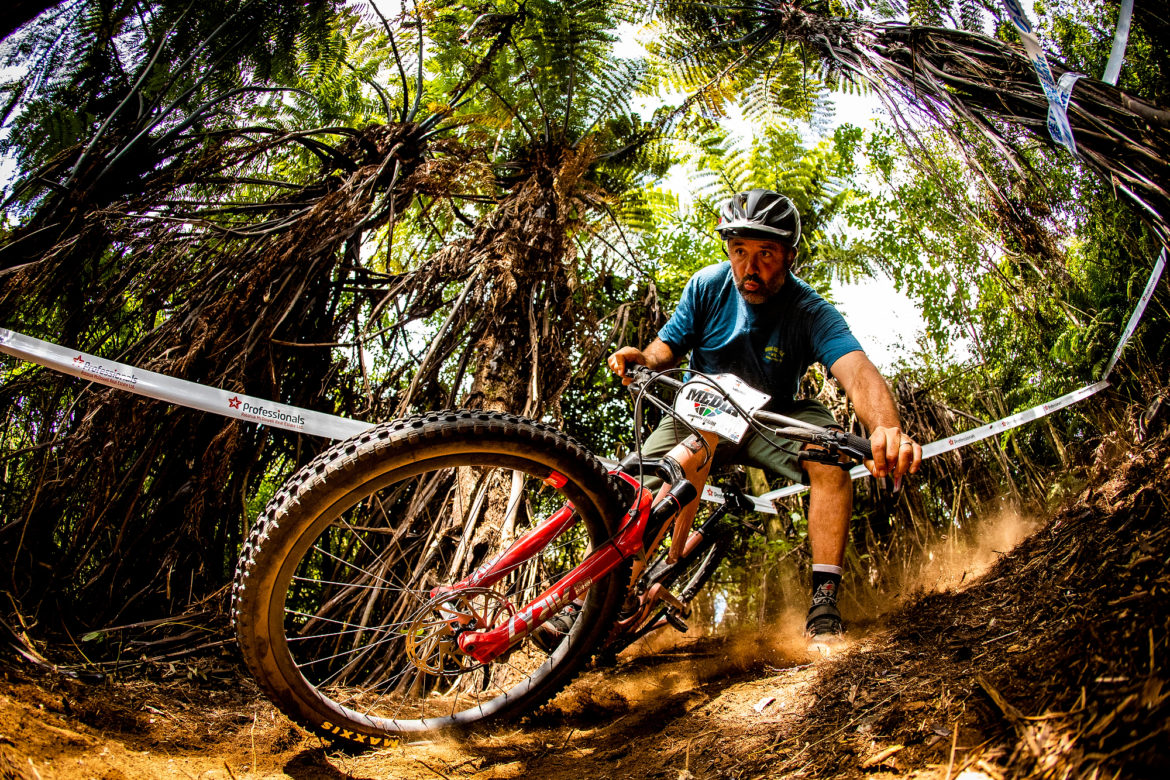
Telling a story through images is a delicate art, wherein photographers freeze life in a defined space for a brief blink. The best photos entice our imaginations to fill in the scents, sounds, textures, and the greater image beyond the frame. With the instantaneous scroll of infinite photographs available today, being a standout photographer takes more talent and focus than ever before. Legendary mountain bike snapper, Sven Martin, is at the top of the photo-narrative heap, creatively capturing images that share the real emotional qualities of our sport. From podium elation to mechanical and physical frustrations, he knows where to be when the light strikes.
Martin kicked off his photography career shooting skateboarders in the burgeoning California scene before his wife, Anka, introduced him to mountain biking. The unique perspectives and timing that landed his shots on the covers of numerous skate magazines transferred quite well to the dirt, and he’s been riding with a bag full of lenses ever since. As you’ve looked at mountain bike magazines and websites over the past ten years, his shots have conveyed the story of trails and competition from afar.
Between shooting for various ride festivals and working daylong product shoots for the brands he works with, Martin recently sat down to answer a few questions for our readers. His responses offer up intriguing insight for fans and aspiring “squids” alike.
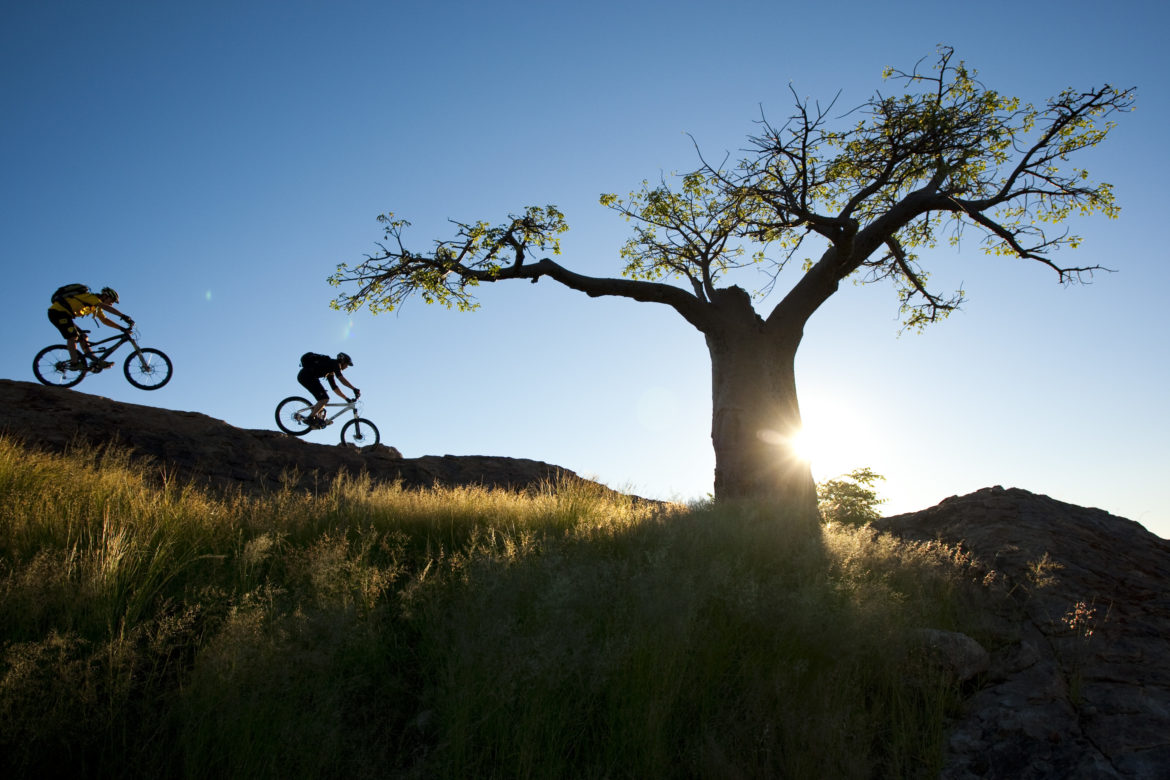
How old were you when you switched from shooting skateboarding to MTB?
Let’s see. I started riding mountain bikes when I was 28. Around 2000 / 2001. I was shooting bikes for fun and slowly for work from the very beginning. I was still skateboarding and shooting skateboarding at that time. I guess it was 2008 when I made the full switch to shooting bikes full time at all the World Cups and only skateboarding now and then. You pretty much have to immerse yourself in the scene and subculture 24/7. You can’t be half in / half out. Not to do it properly anyway.

Where were the first trails you learned to ride?
That would be Laguna Beach where we were living. At first, we just had DH bikes, then DH and slalom/4X or dirt jump bikes, and eventually trail/XC bikes. We used to ride and build on Telonics, Direct Dial, and PG’s Valhalla, and then long XC pedals or shuttles in the San Juan mountains off Ortega Highway in Southern California.

Who originally turned you on to riding and racing gravity?
My wife Anka. She got into it about a year before. It’s weird, we started racing almost straight away, I guess that’s how it was with DH. You just started racing in beginner, then sport, expert, semi-pro, then DH. I did my first race in beginner in 2001 and then raced Pro World Cup for the first time in 2003 in Kaprun, Austria. A friend Rob Brown showed us the ropes, [and he] started and ran the first teams we were on in Southern California. Then we started doing all the Nationals […] the World Cups too, with Anka, Andrew Neethling, Duncan Riffle, Steve Wentz etc.

After more than ten years spent shooting World Cups and now EWS, what keeps the passion alive for the sport and the work?
I guess it’s the outdoors, the mountains, and the travel. I like going to new places and venues. We have this for the most part on the EWS and get to ride the best tracks in each country. In DH it can get a bit repetitive visiting the same locations and tracks, but then the racing is so good and I’ll always be a racer at heart so it keeps me coming back I guess. It’s outdoors, so it’s better than working in an office. Although working on a computer takes up more time than shooting these days, [but] we’re doing it at 3 am.

You mentioned somewhere that your partner Anka joins you for part of your international work. What type of work does she do?
She used to race on the EWS circuit, raced it for five years, now she’s an Ambassador for Juliana and SRAM and does various jobs and events for them and also runs her own Soul Trails bike yoga guided adventure trips in rad locations we love to visit and show people. She’s quite busy with all of that. She is a yoga teacher and a certified coach too, so that is all part of what she does. We also collectively host and run bike launches or press camps for brands. That keeps her quite busy the other six months of the year. Our paths and schedules cross over now and then. Sometimes if she has a week or two off she will come to the event and cook for a bunch of the media guys and make sure we are all eating healthy and treating our bodies right. That’s a huge help.

How often do you get to ride in the EWS and World Cup locations while working?
We ride all the EWS locations, do a re-cycle on all the tracks the day before, then use our bikes to get around to shoot all of the practice and race. But, with heavier packs on those days so the riding is more for transport, not fun shredding. If the schedule allows us we can squeeze in a day on Tuesday or Wednesday before each event starts on some trails in the area. Normally we are either traveling, getting work out, or recovering with some sleep. At World Cups, there are a few with good trails nearby if we have time. Ft William, Leogang, Andorra, Val Di Sole, Maribor, Lenzerheide, MSA, and Les Gets/Morzine all have good tracks for trail bikes. It’s tricky though traveling to all the DH world cups with bikes and finding the time to build up and then pack your bike again. If we’re lucky we get about a half-day of riding at about half of those venues sadly. But on the odd off week, we try to make it count.
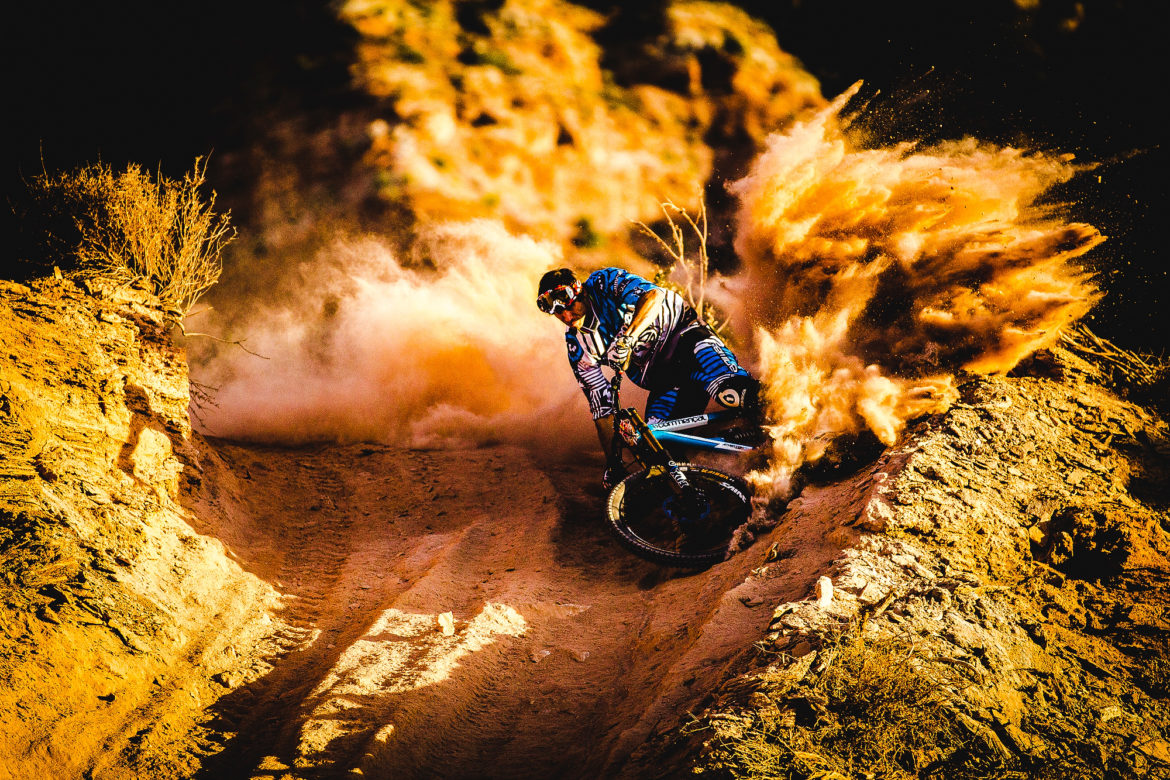
At what point would you say you officially became a “professional photographer”?
Prior to 2008, I raced World Cups and Nationals and World Champs. I worked two or three different jobs to pay for the race and travel. Shot and sold photos, ran a race team, and worked in a bike shop. In 2008 I focused solely on photos full time. No other supplementary job. No more racing. I had one retainer client [which was] GT Bicycles. I still shoot for them. I also had a few magazine clients that took stuff regularly in a few countries. Dirt Magazine in UK, Decline and Bike Magazine in the USA, MBR Germany, and a couple of others. I definitely made a loss in the first year or two until I got a few more retainer clients. No one company can pay you enough to cover all costs and make a living so you need a couple. My second main client was the Athertons and I’ve shot for them since 2009.

Can you share some distinct ways that being a former skate pro influences your current work?
I think the skate style at the time influenced my work in the earlier days, shooting the lifestyle and culture at the time too. Documenting the scenes. Using fisheyes and remote off-camera flashes. Not too many people were doing that properly in MTB back then.

What is different about your off-season photography?
It’s completely different. I shoot things I want to shoot when I want to shoot where I want to shoot. It’s easier in a way because location and light can be much better and you only need a few good photos versus hundreds of good photos a day. It’s rewarding. I try to do more travel focused stuff and some wildlife. It’s more editorial based. Or commercial based for a brand, versus an event based for a team. As a photographer, it’s more rewarding, but I like being challenged in event photography to have to get a good photo in any location in the worst light etc. That keeps it fresh and pushes you each day. Even when I don’t have a shoot I’ll usually go out with a camera anyway, my smaller Sony mirrorless — just in case. You never know when you might just get a freak lightship or double rainbow on a ride.

Apart from your fisheye and 70-200mm lenses, what are some of the most important pieces of gear you bring to a race?
A computer. Two or three bodies. Lots of hard drives. I’d say the 24-70mm is a great lens. You could get by with just those three lenses. Then for DH I’ll also use my 300mm on race day to get tight detail and 100% race effort. In enduro, the 16-35mm will also get used a fair bit as you are doing landscape photography basically. Then there are some prime, fast 1.2 portrait lenses: the 85mm and 50mm and tilt shift and the drone that get used to offer a point of difference and some variety. Slaves for remote cameras. It all depends on location and what you want out of it. If it’s finals day or day one practice you shoot very differently. Then good Gore-Tex and hiking boots and jackets for DH and the same but in riding gear for enduro. Two umbrellas for the rain.

Do you have a creative philosophy for photography?
You are only as good as your last shot. Basically don’t become complacent or rest on your laurels or past success or performance. Much like a racer really. Keep striving and keep pushing.
On the business side of things work ethic and being able to function long hours on very little sleep goes a long way. Try to find new shots (often hard at repeat venues) and don’t be afraid to try new things or “break the rules” and think outside the box. It’s tricky at an event you are shooting for so many different outputs and you need to consider different things whilst shooting multiple shots.

You have your commercial interests. Following, covering, and showcasing the riders/teams/brands that you have retainers with, and taking into consideration how they best want their product shown. Then you have editorial needs which are two-fold: One, documenting the event like a journalist, with objective reportage. Then creative editorial outlets which often means riskier weird and unique shots which won’t necessarily work for the other needs. You also have to consider the end-use and the medium. Is it being used on Instagram or the internet or on a full-screen slide show or magazine or catalog? Each would require different types of shots either shot differently or edited differently. There is often cross over of course but often because there are a lot of thought processes going on whilst taking the shot.

Also naturally you also want a banger race-winning shot of the day’s winners, shot in their race runs. One that tells the weekend’s story in one shot. But you never know who the winner is going to be until the very end so in most cases you are covering your bases. Shooting both editorially and commercially at events adds a layer of responsibility and stress but it brings out the best in your work from the job [while] doing both. You end up shooting a lot though. On average 2-3,000 [photos] a day at EWS and WC, and up to 5,000 a day at a Crankworx when there are three events on the go.

What is some of the best photography advice anyone has ever given you?
Shoot shit. Edit shit. – Gary Perkin. He taught me to shoot it all correctly in camera. Leaving you with minimal crop and exposure and color correction in post. I also come from the film days so this has always been ingrained in me. He also taught me to be truly independent and freelance. Not to be in someone else’s pocket gives you creative and work freedom. Although it’s tough and tempting at first to fall in with a team or brand.

What does the full cleaning process look like for your gear after a dusty or muddy race? Do you clean everything yourself?
Um, we all know we are meant to clean and maintain our gear but there is literally no time. If there is a break for two weeks I send them off to Germany’s Canon Professional Services for sensor cleans and service. But even the most rugged gear has a short lifespan shooting MTB. Eighteen months to two years max for my [camera] bodies. Lenses last longer. Except for fisheyes. Those take some abuse. Ideally though [it’s best to] use a good bag like Shimoda and good weather-sealed gear like Canon and that helps a lot. Dust off and wipe off when you can. Use UV filters to protect your lenses, and try to keep your sensor dust free while changing lenses.

What advice would you give a fledgling squid hoping to follow in your footsteps? What mistakes could they learn from?
Do it for a passion, not to make money or for a job. If you’re doing it because you like it, it won’t matter if you’re not making money from it. That will all come in time if you stick with it. Cover your mates, then your scene, then your state or province, then get out to some major events. It’s about people and partnerships and relationships. And, of course, good photos. I ran at a loss or barely broke even for the first three years. So stay committed and try not to give any shots away for free or for credit.

What question do you wish folks would ask you?
The most common question I do get asked by my non-bike friends who don’t get it is “how long you still going to do this for?” Its funny, no one asks doctors or lawyers, how long are you going to do your job for. As long as I’m enjoying it and the passion is there I’ll continue.
I wish World Cup race organizers would ask us “Is the internet fast enough and media room open long enough for your needs and is there enough coffee and beers for you guys?” [Nine out of ten times] the answer would be no. Even today.
But seriously, it is a pretty wasteful pursuit, traveling the globe racing or following racing. I’m happy it’s for bikes though. I try to do my small bit, plant trees in the off-season, plant-based diet (recently), buy carbon offset credits for my flights and donate my images to charities and organizations doing good whenever possible. If everyone can be their best selves we will all be alright.
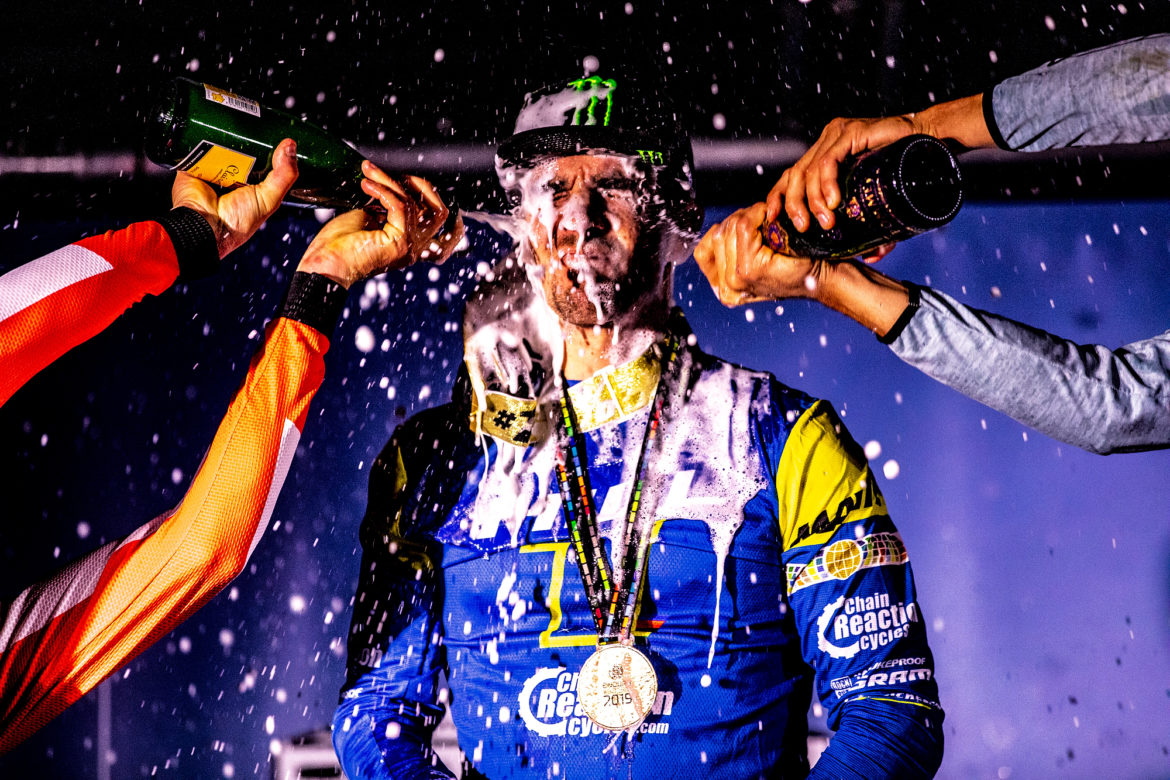
Conclusion
In our modern mess, where historically significant events pass like a bowl of ice cream handed to a grade schooler, spectacular photos like these will endure. You can keep up with Sven’s work via his website and social media pages. We would like to thank Sven for taking the time to share part of his story, and we look forward to enjoying more of his images throughout the 2020 season.













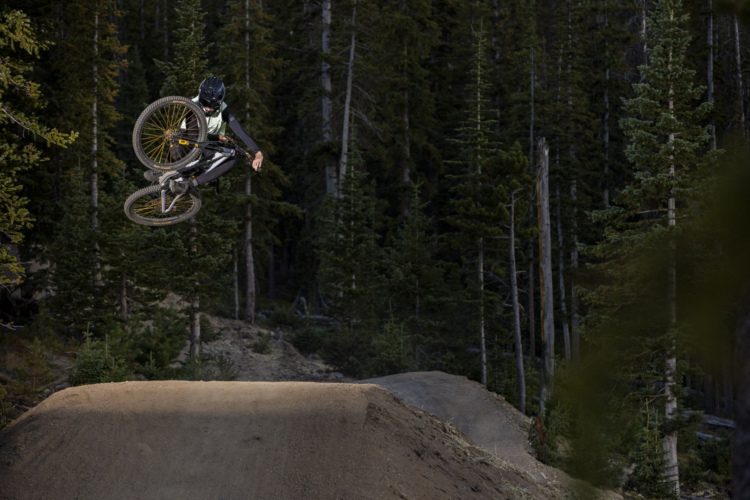
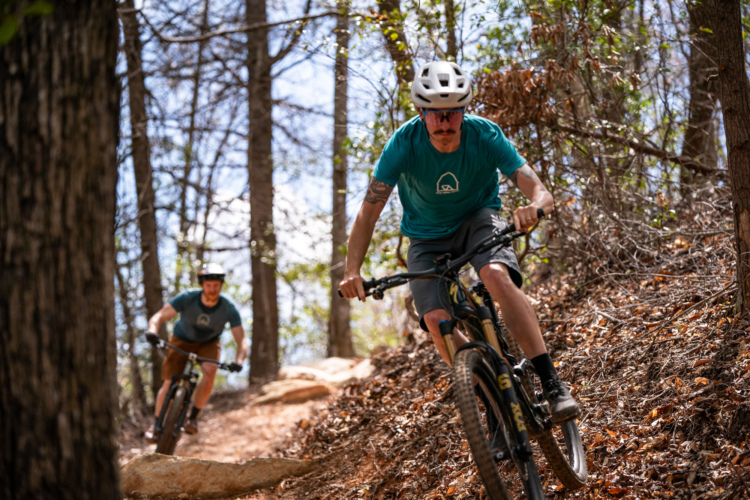




0 Comments